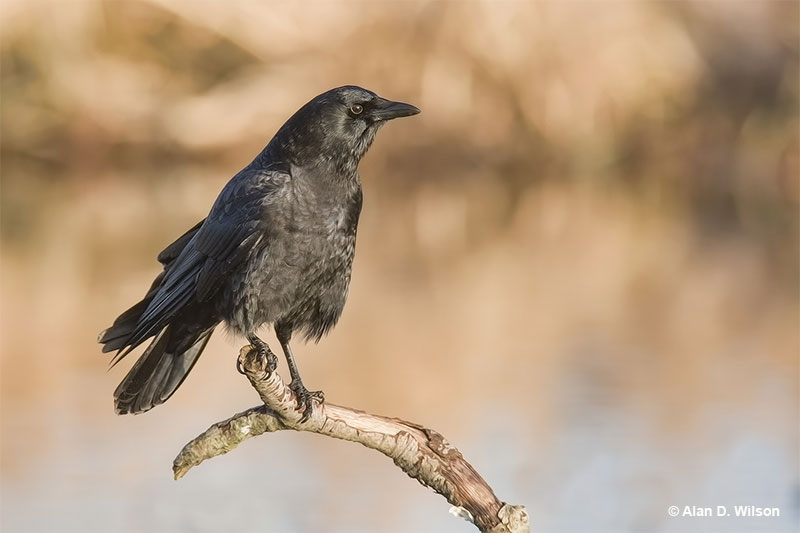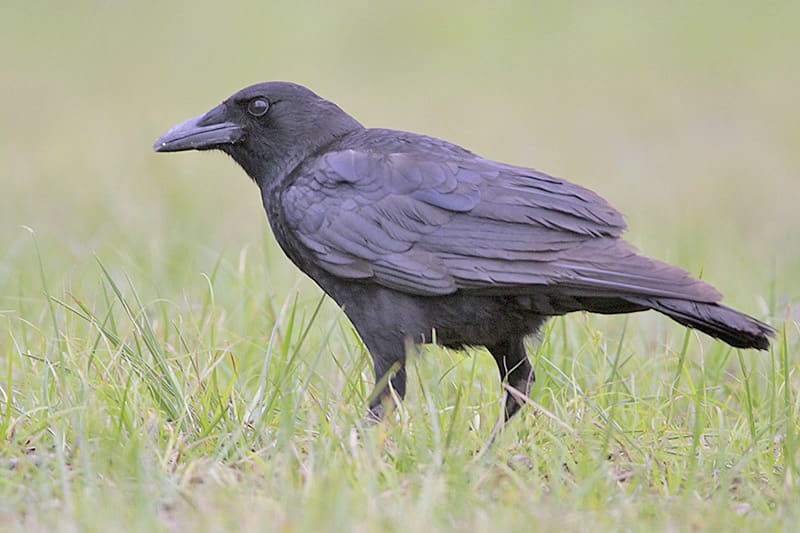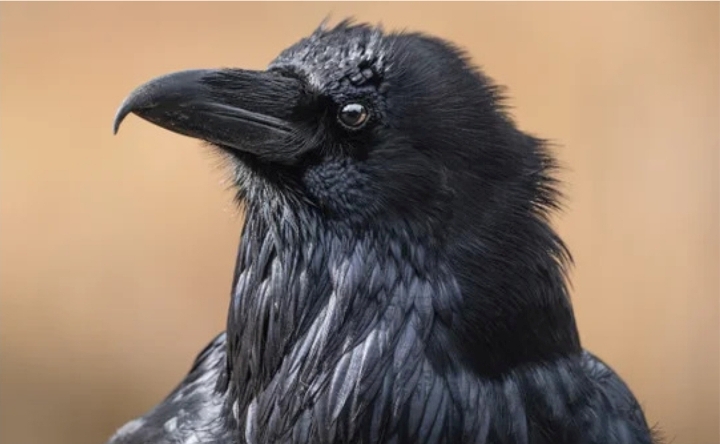
Crows might not have bright colors or pretty songs, but they are some of the smartest birds on the block. Their reputation for being smart has not gone unnoticed and is one of the reasons why people have often wondered if crows can actually talk.
The other reason people have wondered this is because, amazingly, yes, crows can talk!
Actually, they don’t really understand what they are saying, but they do mimic words, especially crows kept in captivity. Even so, their ability to “say” words can be surprising and unnerving because they can repeat words with the same accent and tone of voice as the person teaching them.
This ability stems from having a large brain, good memory, and being able to imitate various sounds in their natural environment.
On this page
How Do Crows Communicate?
In the wild, most crows don’t make sounds that resemble human spoken language. In rare circumstances, some might occasionally mimic words that they constantly hear but usually, crows have their own vocalizations.
To communicate with each other, the most common sound made by most crow species is a variety of loud “caw!” sounds. However, they also make other sounds related to various situations.

Photograph © Greg Lavaty
When alarmed, crows make sharp, loud, and repetitive “caw” notes. They do this to warn each other about potential predators and threats, including people. If a flock of crows is calling like this but in a harsher manner and focused on one spot in a dense tree, it often means that they have found a Great Horned Owl or hawk.
When they find food, crows make softer, complex notes that tell other crows about the type of food available. In other words, they make distinct sounds for different types of food, perhaps using a certain sound for carrion and another for seeds and fruits.
Related: What is a group of crows called?
American Crows also make a double-noted “caw” when defending their territory, and make rattling sounds. Their most interesting vocalizations may be the ones we hear the least; a soft yet complex song that can last for several minutes and include rattles, caws, and a variety of other sounds. Crows of all ages “sing” songs like this when communicating with each other in close, social situations.
Crows also communicate with other birds and animals but these are usually sounds related to alarm calls, mobbing predators, and attempts to frighten other animals away from a food source.
Power of Mimicry
Crows are amazing mimics that often imitate sounds they hear in their surroundings. In many places, they imitate dogs and make barking noises, and have also been heard imitating cats and waterfowl.
Their mimicry also frequently includes the hooting song of the Barred Owl, coincidently, a bird species that is also easily and frequently imitated by birders. Other sounds can also be mimicked. What crows imitate depends on what they hear the most.
Crows are so effective at mimicry mostly because they have high intelligence and are very social and communicative birds. Like other songbirds (also known as Passerines), crows make sounds with their “syrinx”.
This is essentially a double-chambered voicebox that can be carefully moved and vibrated to make a wide variety of sounds. The intelligence of crows enables them to have a high degree of control over their syrinx to the point of making everything from “caw” calls to dog barks and saying words.
Learn more: Talking Birds
Can You Teach A Crow To Talk?

It is possible to teach a crow to say words but not to actually talk. No bird can really talk with human speech, even ones with a wide vocabulary. However, crows can be taught to mimic a number of words and the process is similar to the ways in which Parrots are taught words.
Related: How to attract crows?
A young crow is more likely to quickly mimic words than an adult, but old crows can learn too. The key is establishing trust between the person and the crow. Repeatedly offer food to the same crow while eagerly and excitedly repeating the same word is a good place to start. Once the bird learns the first word, it probably trusts the person to learn additional vocabulary.
Although this would be easiest with a pet crow, we have to remember that, by law, crows can not be kept in captivity. At least they can be fed in the backyard and since they are so smart, it might not take long for one to become confident and learn a word or two.
The amount of time it takes for a crow to mimic a word varies but after trust is earned, the crow might say a word after a few days of the trusted person repeating it.
Frequently Asked Questions
Do crows communicate with humans?
Yes, but usually to show that they are alarmed by the person. However, crows that are routinely fed may also make sounds to beg for food.
Do crows understand human language?
No. Crows can mimic words but don’t understand the context of the sound they make.
Can crows mimic human voices?
Crows are excellent mimics and can learn to say several words, so they are more than able to mimic human voices.
Why are crows so smart?
Crows are so smart because they have large and highly developed brains.

